
A horse’s teeth are therefore designed to cope with the continual grinding of tough leaves and stems and, to assist the grinding process, the upper jaw is wider than the lower jaw. The horse chews in a side-to-side motion – meaning that the upper and lower teeth glide across one another, and in wild horses the wear on either side of the mouth is relatively even.
When out grazing, a horse’s natural feeding posture would be with a low head and neck, moving slowly and constantly, and remaining relatively straight throughout the spine. This posture allows the molars of the upper and lower jaw to meet evenly and, in this position, little to no strain is placed on the body.
Diese Geschichte stammt aus der June/July 2020-Ausgabe von HQ magazine.
Starten Sie Ihre 7-tägige kostenlose Testversion von Magzter GOLD, um auf Tausende kuratierte Premium-Storys sowie über 8.000 Zeitschriften und Zeitungen zuzugreifen.
Bereits Abonnent ? Anmelden
Diese Geschichte stammt aus der June/July 2020-Ausgabe von HQ magazine.
Starten Sie Ihre 7-tägige kostenlose Testversion von Magzter GOLD, um auf Tausende kuratierte Premium-Storys sowie über 8.000 Zeitschriften und Zeitungen zuzugreifen.
Bereits Abonnent? Anmelden
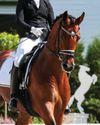
The Science Behind Tapering
The science behind tapering
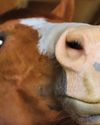
Horse Treats
The ultimate guide
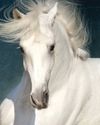
Horsey Hair Care
Tips and tricks for a healthy mane and tail
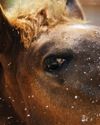
Horsey Hydration- The Importance Of Water In Winter
The importance of water in winter

A Horseback Safari
Abelana Game Reserve

The Psychology Of Riding Performance
Intrinsic motivation, part 7
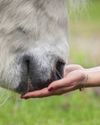
10 Best Life Lessons From Horses
Life lessons from our horses
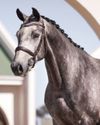
Breaking New Ground
The evolution of the Callaho Online Auction
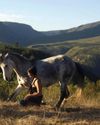
Horse Psychology 101
Part 3: The horse's cognitive abilities
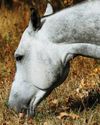
Colic Part 1
An owner’s worst nightmare